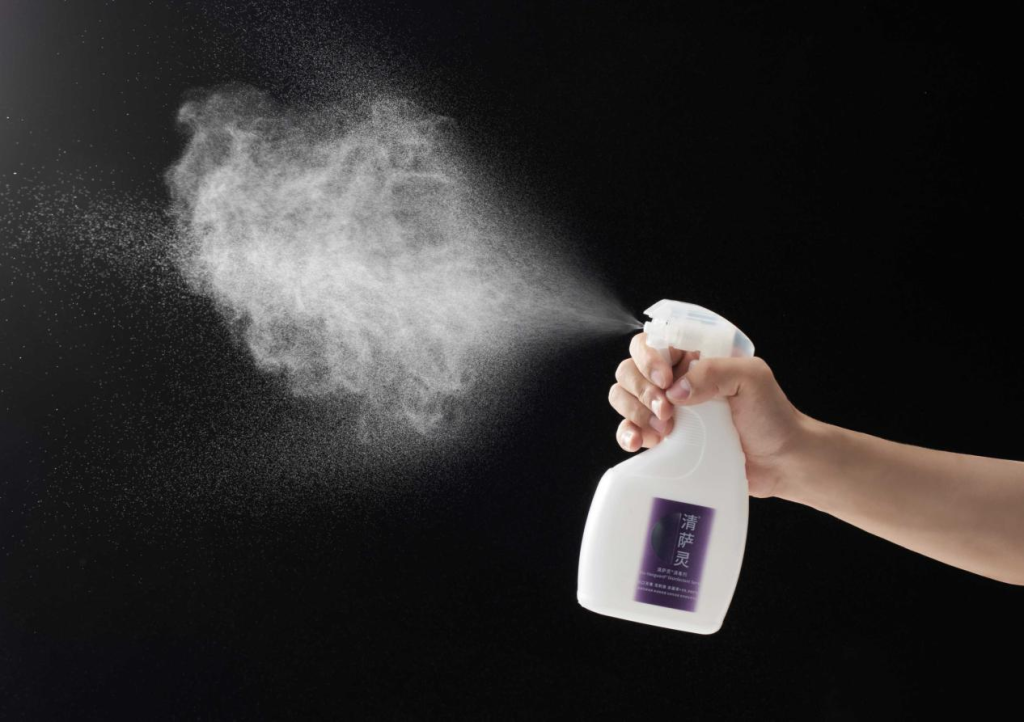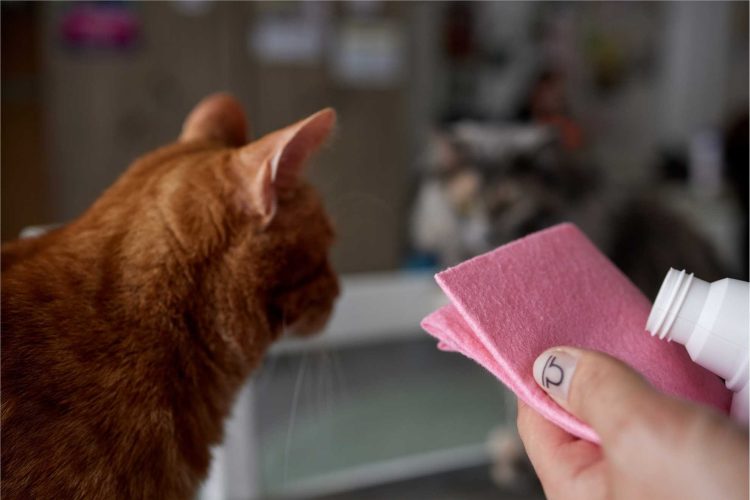Pet owners often grapple with the question: do those fragrant odor eliminators on the market affect dogs and cats? Why does the smell return shortly after use? Traditional scented deodorizers operate on the principle of masking odors with stronger scents, a method that is not only unscientific but potentially harmful to pets over time.
A Disguise of Danger
Fragrances can severely irritate a pet’s sense of smell, which they rely on to discern food quality and detect changes in their environment. Damage to this sense is often irreversible. Traditional pet deodorizers are composed of 99.99% synthetic chemical fragrances that are toxic. Spraying these near a pet’s mouth and nose is akin to administering a slow poison. Masking odors does not equate to decomposing the malodorous agents; the unpleasant smells persist, accumulate, and create a vicious cycle.
Moreover, the relief provided by masking agents is fleeting, typically lasting no more than two hours. The subsequent return of the odor, compounded by the inhalation of chemically scented air, can lead to chronic intoxication. This approach is a short-term solution that fails to address the root cause. Even active carbon and cyclodextrins are not definitive solutions; they merely adsorb odors, which can be released again once saturation is reached, causing secondary pollution and delivering slow results. For pet owners seeking to eliminate the source of pet odors, these methods are inadequate.
The Spectrum of Efficacy and Harm

The composition of deodorizers varies, influencing both their efficacy in eliminating odors and the potential for secondary harm to cats and dogs. Deodorizing ability ranges from low to high and can be understood by researching the specific components. Let’s consider some common ingredients found in pet deodorizers and their potential for secondary harm, which includes olfactory irritation, skin irritation, and harm from licking.
Products containing ethanol and fragrances are low in effectiveness and can damage olfactory senses and irritate the skin. Those with guanidine salts and polyhexamethylene biguanide are also low in effectiveness, with potential for olfactory and skin irritation. Formulations with surfactants and fragrances are again low in effectiveness and irritating to the sense of smell. Ingredients like polysaccharides, chlorhexidine acetate, alkyl dimethyl benzyl ammonium chloride, povidone-iodine, and eucalyptus oil can cause olfactory and skin irritation. Benzalkonium chloride is particularly irritating to pets.
The Ideal Solution: Biological Enzyme Deodorizers
The most desirable option for pet odor elimination is biological enzyme deodorizers. FS enzyme-based deodorizers effectively avoid the toxic side effects of chemical products. They combine physical adsorption and neutralization with decomposition for a more sustained and noticeable effect. Furthermore, the inhibitory action of biological enzymes can tackle the root cause of odors, providing a long-term solution for pet owners.























































